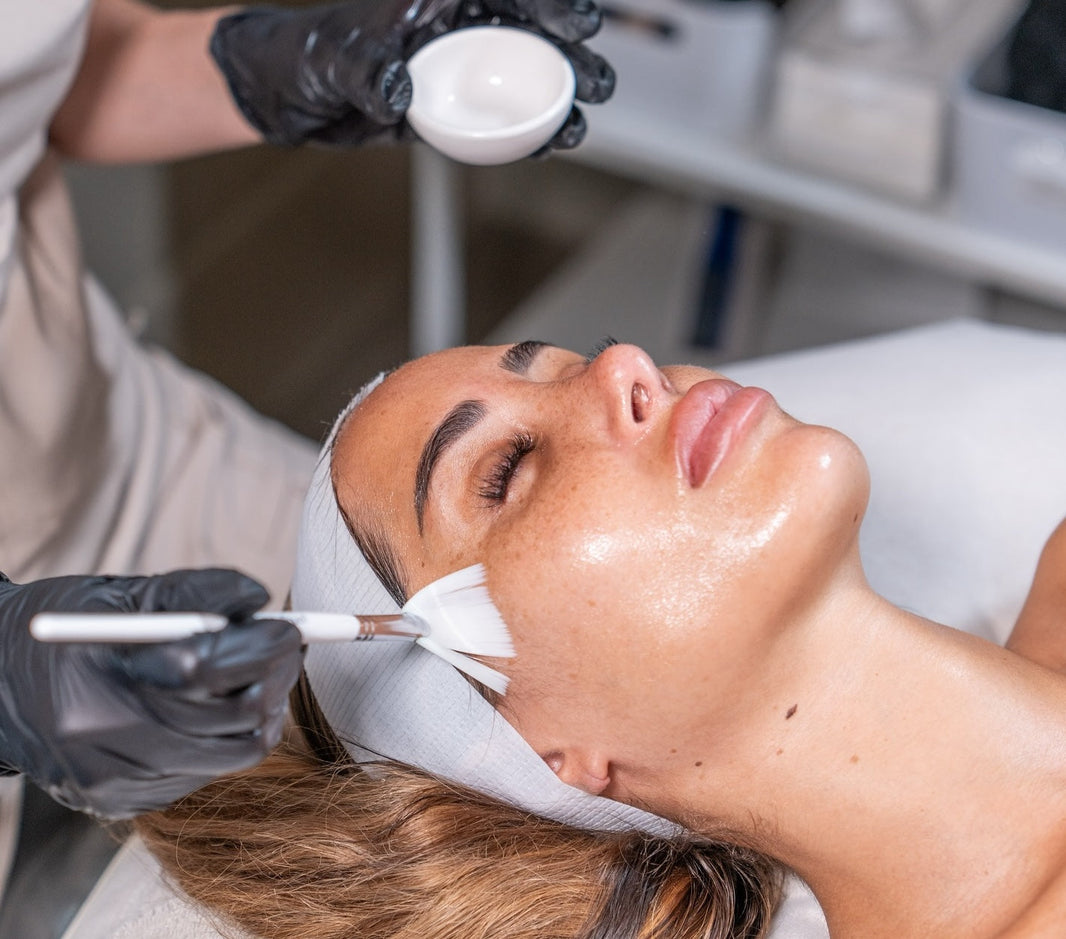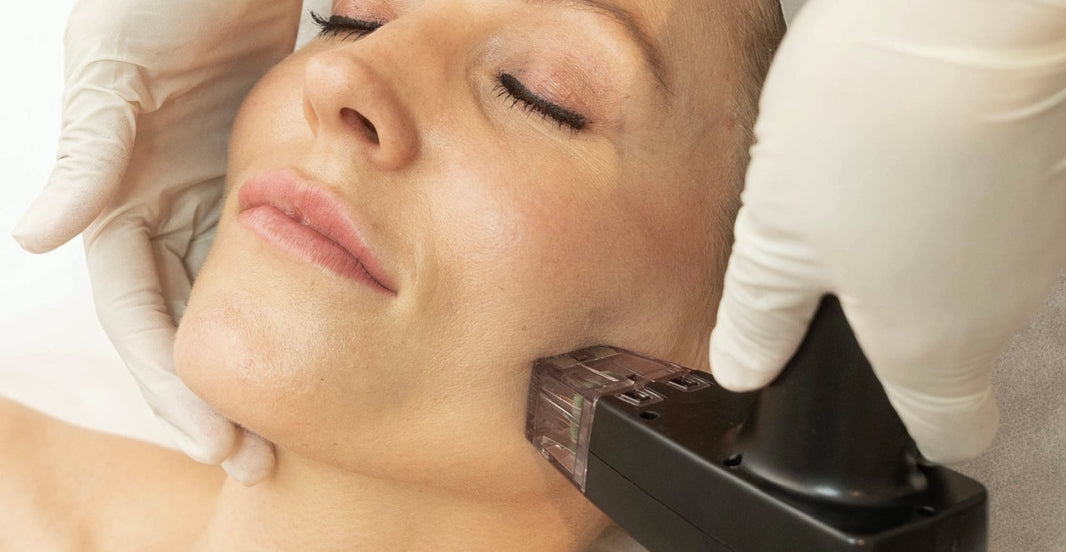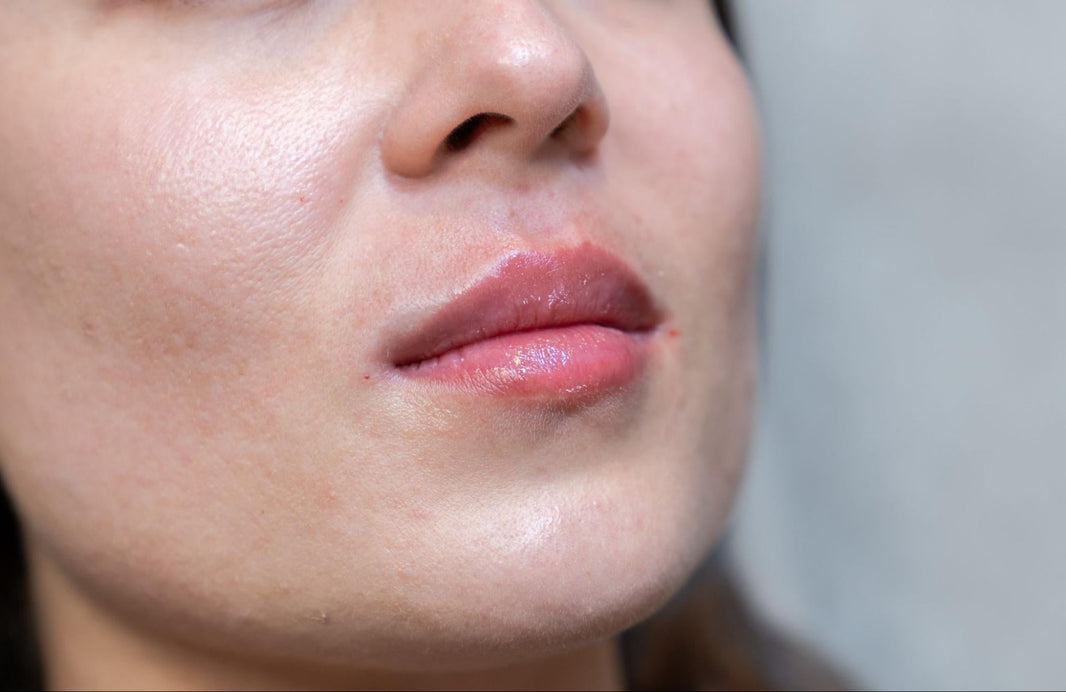Breast augmentation is a common surgical procedure designed to enhance the size or shape of the breasts. It's often chosen for cosmetic reasons, such as improving symmetry or achieving a fuller appearance, but it can also play a reconstructive role after events like a mastectomy or injury.
Over the years, breast augmentation has become increasingly popular, with many individuals seeing it as a way to align their physical appearance with their personal goals. For some, it's about feeling more confident in their body, while for others, it's part of restoring a sense of normality after life-changing events.
If you're considering breast augmentation, understanding the procedure, its benefits, potential risks, and the recovery process is an essential first step. This blog provides a clear and balanced overview to help you make an informed decision.
Why Do People Opt for Breast Augmentation?
People consider breast augmentation for various reasons, ranging from cosmetic goals to medical needs:
Cosmetic reasons
Some seek to enhance the shape, size, or symmetry of their breasts to achieve a balanced or fuller appearance.
Reconstruction
After a mastectomy or breast injury, breast augmentation can help restore a natural look and feel.
Congenital Conditions or Developmental Concerns
The procedure can address issues like uneven development or other anomalies.
Boosting Self-confidence
Many individuals feel more comfortable and confident in their bodies after surgery.
Two Main Methods Used in Breast Augmentation
Breast Implants
These are artificial devices inserted into the breast to add volume.
Silicone implants: Filled with silicone gel, these are known for their natural feel and appearance.
Saline implants: Filled with sterile saltwater, they offer a slightly firmer feel and allow for adjustable sizing during surgery.
Alternative materials: Less common, but some implants use materials like structured saline or cohesive silicone gel.
Fat transfer Breast Augmentation
This natural alternative involves using liposuction to remove fat from another part of the body and injecting it into the breasts. It's often chosen by those seeking a subtle enhancement without implants.

Comparing Breast Augmentation, Breast Lift, and Breast Reduction
While breast augmentation focuses on increasing the size or volume of the breasts, other procedures cater to different needs:
Breast Lift (Mastopexy)
A breast lift, or mastopexy, is a procedure designed to reposition sagging or drooping breasts by removing excess skin and lifting the breast tissue. It's ideal for individuals whose breasts have lost firmness or shape due to ageing, pregnancy, or weight fluctuations.
Breast Reduction
Breast reduction is a procedure that reduces the size of large breasts to alleviate physical discomfort and improve body proportion. It is particularly beneficial for individuals experiencing neck, back, or shoulder pain, or those who feel restricted by the size of their breasts.

Breast Augmentation Procedure
1. Pre-surgery Consultation
The first step is a consultation with your surgeon. This is an important opportunity to discuss your goals and medical history. Your surgeon will evaluate factors such as your overall health, breast shape, and skin condition to determine the most suitable approach.
During this stage, you'll also decide on the specifics of your implants, including:
-
Size: The volume that best suits your body and desired outcome.
-
Shape: Round or teardrop-shaped implants, depending on the look you want.
-
Material: Choosing between silicone or saline implants, each offering different benefits.
This consultation helps set realistic expectations and ensures that your preferences align with what's medically appropriate for you.
2. Steps Involved in the Surgery
On the day of the surgery, your medical team will guide you through the process step by step. Here's what typically happens:
-
Anaesthesia
The procedure is performed under general anaesthesia, meaning you'll be asleep and won't feel any pain during the surgery.
-
Incision Types
Your surgeon will make an incision to insert the implant. The location of the incision depends on your body and the type of implant chosen. Common options include:
-
Inframammary: Along the fold under the breast.
-
Periareolar: Around the edge of the nipple.
-
Transaxillary: Through the armpit.
-
Implant Placement
The implant is positioned either:
-
Subglandular: Just behind the breast tissue.
-
Submuscular: Beneath the chest muscle.
The choice depends on factors like your anatomy and desired appearance.
3. Duration and What to Expect During the Operation
The procedure typically takes 1 to 2 hours to complete. It's done as a day surgery in most cases, meaning you can usually go home the same day.
While you'll be under anaesthesia during the operation, your plastic surgeon will closely monitor you to ensure everything goes smoothly. Once the surgery is complete, you'll be taken to a recovery area where you'll be monitored as you wake up from the anaesthesia.
Potential Risks and Complications of Breast Augmentation
Like any surgical procedure, breast augmentation carries some risks. Common issues include infection, scarring, or discomfort, which can usually be managed with proper aftercare. Capsular contracture, where scar tissue forms tightly around the implant, and changes in nipple or breast sensation may also occur in some cases.
While these risks might sound concerning, they are uncommon, and advancements in surgical techniques and implant technology have made the procedure safer than ever.
Choosing an experienced, board-certified surgeon and following our advice can significantly reduce the likelihood of complications. Open communication with your surgeon and attending regular follow-ups can help ensure a smooth recovery and long-term success.

Breast Augmentation Recovery Process
Recovering from breast augmentation is a gradual process that requires patience and following your surgeon's instructions. Taking proper care during this time is key to ensuring good results and minimising complications.
Immediate Post-Operative Care
After the surgery, you'll likely experience some pain, swelling, and bruising around the chest area. These are normal and should improve over the first few weeks. Your surgeon may prescribe pain medication or recommend over-the-counter options to manage discomfort.
It's important to avoid strenuous activities, heavy lifting, and any sudden movements during the initial recovery period. Wearing a supportive surgical bra or bandage, as advised by your surgeon, can help reduce swelling and provide proper support. Resting and allowing your body to heal is essential during this stage.
Healing Timeline
Most people can return to light daily activities within a week, but full recovery takes several weeks to months. Here's a general timeline:
-
1 to 2 weeks: Light activities are fine, but avoid exercise and heavy lifting. Swelling should start to decrease.
-
4 to 6 weeks: Gradually resume exercise and more vigorous activities, but follow your surgeon's specific advice.
-
3 months and beyond: Most swelling should subside, and the implants will settle into their final position.
Keep an eye out for any unusual symptoms, such as increasing pain, redness, or discharge, and contact your surgeon immediately if they occur.
Long-Term Maintenance and Follow-Ups
Even after you've fully healed, long-term care is essential. Regular follow-up appointments with your surgeon will help monitor your results and ensure the implants remain in good condition. Breast implants aren't lifetime devices, so you may need to consider replacements or adjustments in the future.
Additionally, it's important to maintain overall breast health. Continue routine breast self-exams and follow screening recommendations for your age group. Open communication with your healthcare provider can help address any concerns as they arise, ensuring lasting satisfaction with your breast augmentation.

Frequently Asked Questions About Breast Augmentation
-
What is the difference between breast augmentation and breast enlargement?
Breast augmentation refers to the surgical procedure to enhance breast size, which can involve implants or fat transfer, while breast enlargement generally describes the outcome of having larger breasts through this procedure.
-
Is breast augmentation natural?
Breast augmentation using implants is not considered natural, as it involves artificial materials. Fat transfer breast augmentation is a more natural option, as it uses your own body fat.
-
How long do breast implants last?
Breast implants are not lifetime devices. On average, they last 10-15 years, but some may last longer. Regular follow-ups with your surgeon can help determine when a replacement might be needed.
-
Can breast implants affect breastfeeding?
Breast implants don't usually prevent breastfeeding, but factors like the incision location and implant placement may affect milk production. Discuss this concern with your surgeon before surgery.
-
Are there scars after breast augmentation?
Yes, scars are part of the healing process, but they are usually small and strategically placed to minimise visibility, such as under the breast or around the nipple. Over time, scars often fade significantly.
Related Articles
Cart
Don't miss out on the best deals!
Your cart may be empty now, but let us help you fill it up with amazing products.
- Choosing a selection results in a full page refresh.





